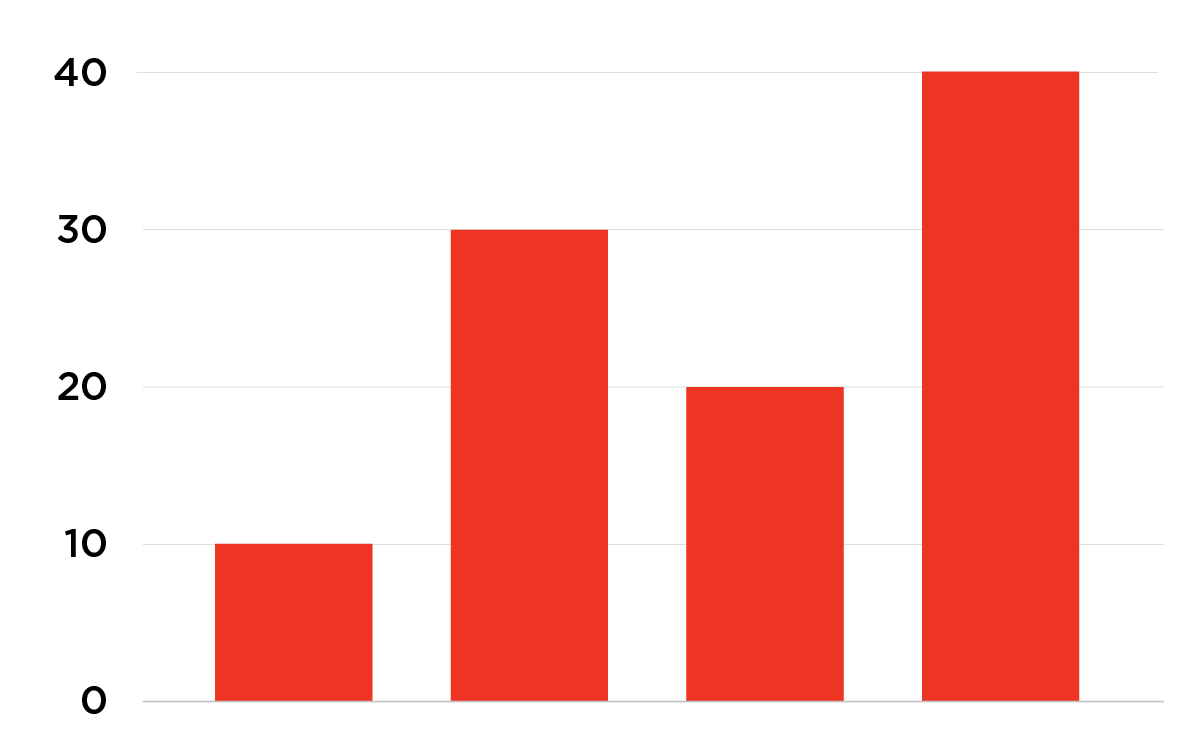
Football coaches look at the individual performances of their players to optimize their line-up and increase their chance of winning. The same should count for marketers who want to optimize their digital media: to score more conversions, you first need to analyze your channels.
Who deserves credit for the goal?
Attribution models help measure which media channels contributed to a conversion. Or, in football terms: which player helped score a goal. Let’s look at an example: Belgium’s perfect last-minute goal against Japan at the World Cup football of 2018.
Corner for Japan. Courtois catches the ball and launches De Bruyne. He sprints 50 meters and gives it wide. Meunier crosses, Lukaku dummies perfectly and Chadli scores one of the most beautiful counter attacks in the history of football.
Now, if you had to say who made that goal, would you say Chadli? Would you give Meunier some credit too? Or would you say that Courtois, De Bruyne and Lukaku all made a considerable contribution?
Single-touch models: it’s either Courtois or Chadli
A single-touch attribution model will only give credit to one player. There are two different types of single-touch attribution models:
- The last-click attribution model (also last-touch attribution model) will give 100% of the credit to the medium that was used last. Nacer Chadli gets all the praise, the other players don’t even get a pat on their back.
- The first-click attribution model (also first-touch attribution model) does the exact opposite: it gives the credits to the channel which got the first click. Which is like only congratulating Courtois after Belgium’s goal.
 The last-click attribution model (left) and the first-click attribution model (right). The y-axis shows the attributed importance, the x-axis shows the different media.
The last-click attribution model (left) and the first-click attribution model (right). The y-axis shows the attributed importance, the x-axis shows the different media.
Source: BBDO Belgium
Multi-touch models: considering Debruyne, Meunier and Lukaku
Multi-touch models give a more nuanced look at the goal or conversion. They reflect all of the actions that led up to the goal, or every step of the customer journey:
- A positioned-based attribution model (also U-shaped attribution model) splits 80% of the credit between the first and the last medium. Courtois and Chadli get rewarded, the other players are mostly ignored.
- A linear attribution model splits the credit between all the media that led up to the conversion. 5 players touched the ball? Then all of them get 20% credit. A great way to reward all players who played a part, but it won’t highlight the most effective player.
- A time decay attribution model rewards channels which were used closer to the conversion. Lukaku gets more credit than Courtois, because his dummy had a bigger impact on the goal.

A positioned-based attribution model (left), a linear attribution model (centre) and a time decay attribution model (right)
Source: BBDO Belgium
Custom-made models: Debruyne’s sprint vs. Lukaku’s dummy
If you look at Belgium’s goal against Japan, you’ll see that Debruyne ran the greatest distance with the ball. And Lukaku didn’t touch it, but his dummy did throw off 3 Japanese players. Much like a video view might raise awareness without converting immediately.
Lukaku didn’t touch the ball, but he threw off 3 players.
Much like a video view might raise awareness without converting.
In other words: conversions, just like football goals, are complex. Custom-made attribution models allow you to deconstruct that complexity by taking different parameters into account. They give credit to whatever you consider important: time on channel, interactions, etc.
Custom-made models can be optimized constantly. The perfect job for... artificial intelligence. Data-driven attribution models use machine learning to evaluate all channels, constantly optimizing the current hypothesis.
Custom-made or data-driven attribution model
Source: BBDO Belgium
It’s almost never just Chadli
Today, many marketers still use the last-click attribution model by default. While most conversions don’t happen overnight or thanks to one channel.
It’s only by experimenting with multi-touch and custom-made attribution models that you’ll discover which model best represents the customer journey.
But your work doesn’t stop there. Once you find the most suitable attribution model, you still have to interpret the data. Deep-dives into your digital channels are a good jumping-off point. And maybe you’ll learn to never bench Lukaku again.
Need some help figuring out which attribution model would benefit your business? Don’t hesitate to reach out.
Written by Kim Leunen - Thomas Jossa,
Strategic planner - Performance & Media planner
Filed under INSPIRATION
